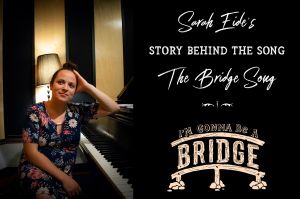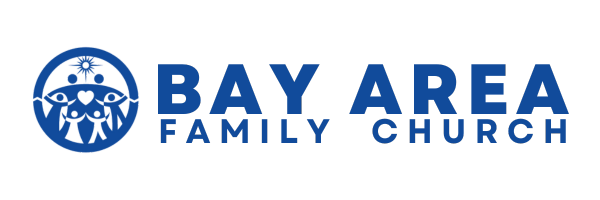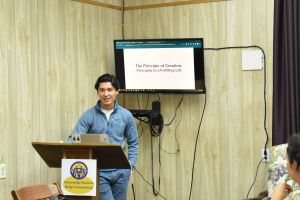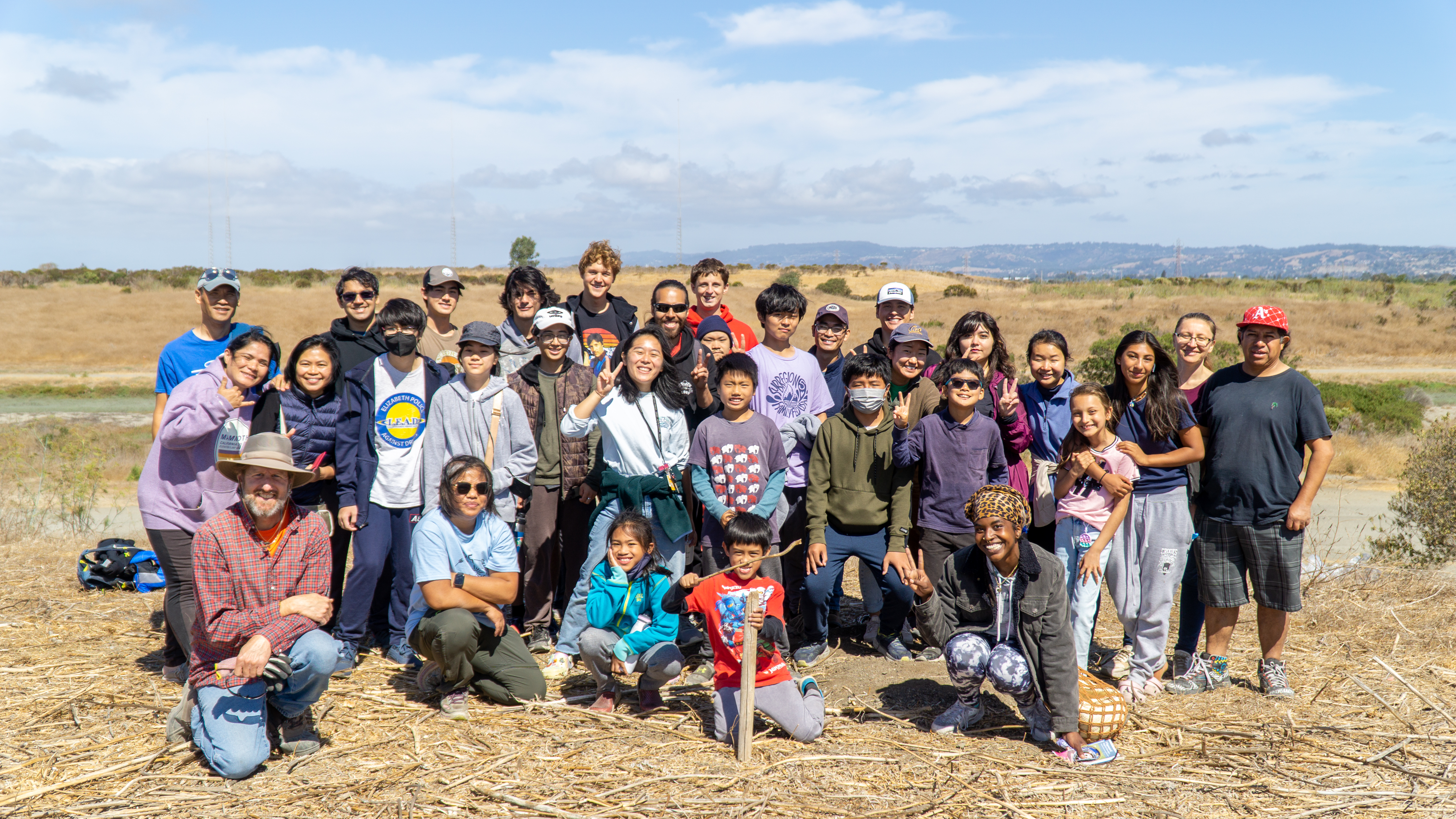“The Bridge Song.” by Sarah Eide

The 2016 presidential election took its toll on me. Not necessarily for the reasons you might think. It was simply that there seemed to be an ever-growing chasm between myself and many of the people I love and respect, including family members. It was devastating, and I was able to share these feelings with only a couple of close friends. It also felt as though I was being forced to pick sides, but as someone who grew up in the Unificationist faith, I knew in my heart there was something more.
For me, one of the core values of Unificationism is transcending differences. It doesn’t mean we don’t have clear beliefs and ideals of our own. It means we continue to value, respect and love others who may be different from ourselves. It means we actively find ways to connect with “the other” and work together with “the other” until there is no longer a feeling of “otherness.” This may be just my interpretation, but I believe in it strongly.
As a songwriter, my natural inclination was to digest this experience and its resulting thoughts and feelings through the writing process. Like much art-marking, it was a form of self-therapy, and in this case I had a strong desire to share this message with others. But as I started the writing process, everything felt wrong. It either sounded too dark, too cheesy, or just plain inauthentic. After nearly a year of frustration, I was starting to give up on this song idea I really cared about.
Apparently, this song wouldn’t give up on me.
I took part in a songwriting exercise with some friends, in which we had an hour to write a song based on a randomly picked genre and topic retrieved from a hat. I reached my hand into the hat and cringed to see I got my own piece of paper which said, “Bridge (the metaphorical kind),” because I thought, SOMEONE needs to write this song! Clearly I couldn’t run away from writing about this. I then reached my hand into the other hat and pulled out a paper that said, “Kids song.”
The pieces finally fit together.
As it turns out, sometimes the best way to say something is in a way you’d tell the small children in your life. Which is to say: very simply and with as much lightheartedness as you can muster. Having two little children of my own, I’ve had a lot of practice with this. With this new frame of mind, the song was nearly complete within an hour. Now the hard part came: performing the song to an audience.
I loved this song and was relieved to have it complete, but really couldn’t imagine how I’d be able to fit it into my shows. I’m not a kids’ musician, and it was hard to imagine fitting this into my standard set. But the message mattered a lot to me, and I felt people young and old needed to hear it. I started out sheepishly playing this song first for smaller, more forgiving audiences, just to test the waters. I quickly realized that not only did people enjoy the song and its sing-along and clap-along quality, but also there were a lot of people who felt the same way I did.
Nothing feels better than having your song resonate with and move people. It also feels pretty good when my harshest critics (i.e., my children) like the song enough that they sing it completely unprompted. Fast-forward to today, and I’m about to release my first full-length, fully produced album which includes what I’ve simply called “The Bridge Song.” In addition to that, I had the talented Abi Zambon design a shirt for it, so that kids and adults alike can proudly wear its message.
I’m proud of this song, but as an ever-evolving artist and human, I will strive to write better songs that have the power to impact a wider audience. Part of that growth will be challenging and painful, but I’m excited to see where it takes me.
Listen to the album version here.
Sarah Eide is an award-winning composer of film and game music, a classically trained pianist, and a performing singer-songwriter. This is her story behind “The Bridge Song.” For more on Sarah Eide, visit saraheide.com.




